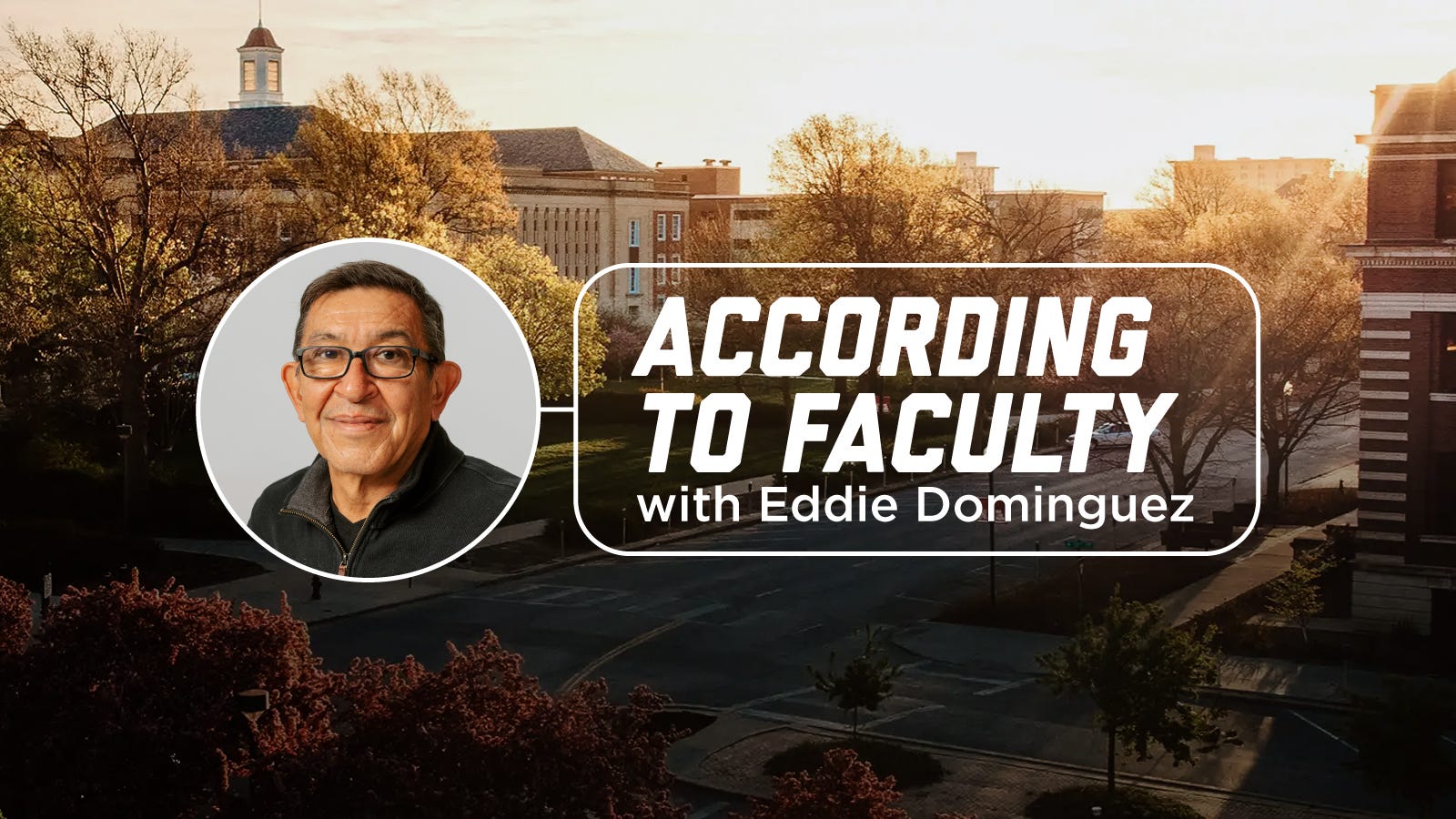November 3, 2022

For our final entry in our “How to Build Connections with Faculty” series, we spoke with Professor of Art and Ceramics Eddie Dominguez on building connections with students through art practice.
Building connections with faculty members can be an incredibly valuable part of your college experience. Yes, they’re experts in their fields, but they’re also endlessly great resources for real-world connections, internships, mentoring, and so much more.
And at Nebraska, we have some of the best.
We’ve spoken to a handful of Nebraska faculty members about best practices for building student-faculty relationships and why you should seek them out — even if their class isn’t your favorite.
As we wrap up our series on faculty advice for building connections between faculty and students, we check in with Eddie Dominguez of the Hixson-Lied College of Fine and Performing Arts on how he’s been able to forge connections with students over his long and impactful career at UNL.
On the Advantages of Smaller Studio Art Classes
“I find that in my classes, which are lab classes and aren’t huge, it’s easier to build a student-teacher relationship than in a larger lecture class. I also find that with my students it’s easier to engage them because they’re interested in the same artistic practice that I have — because we have that same interest, students can seek me out because I let them know that I’m available to meet or have a personal dialogue within the semester.”
On Making Sure Everyone Feels Included
“Some students are more reserved and some jump to have a dialogue right from the start. I try to be proactive and maneuver my classroom to make sure that all students are included and that no one is marginalized.”
He Makes Himself Available — Even When He’s Busy
“One thing I do is I have an open-door policy in my studio, even if I’m in there working. If students are passing by, they can come in and chat and see what I’m doing in my own practice. I think that’s really important for creating relationships, to have that access and spontaneity.”
Not Everything Has to Be About Class
“A professor should engage students one-on-one as much as possible; knowing what they’re interested in outside of the subject is so important. My first conversations are often just asking, ‘Who are you? What are you interested in?’ More open-ended conversations can help students develop their interests in art.”
Just Like Other Faculty, Eddie Says to Stay in Touch
“Student that I taught 20 years ago will still drop me a message, and I love that; it’s so much easier to keep up with people now. I’ll follow my students on social and keep up with their work and comment on how fantastic it is — a lot of people talk about social media being addictive, but I think in this case it’s healthy to be able to connect and engage with students’ work.”